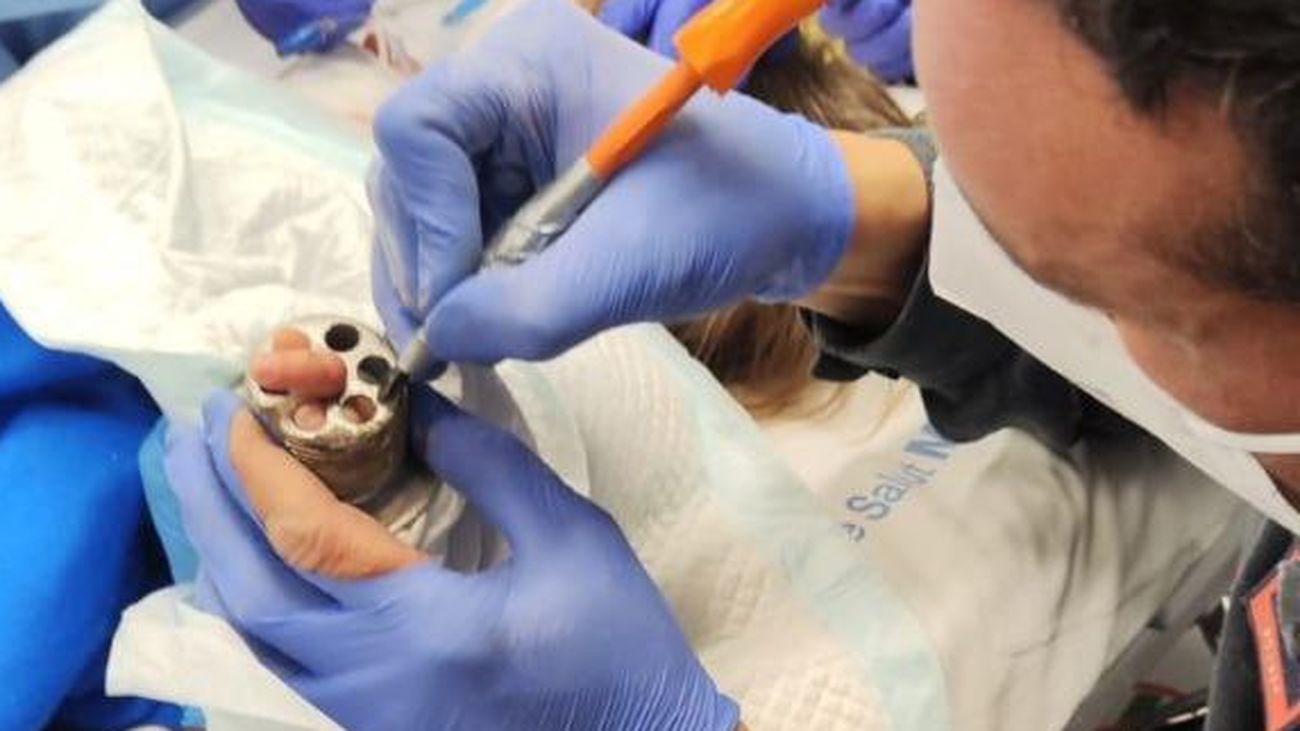Mutations in a gene that regulates stress influenced the domestication of dogs

Wild animals that more or less sporadically come into contact with humans tend to flee. That is why the origin of the strong bond between people and dogs has been studied for decades from different disciplines. Now genetics contributes its grain of sand: a mutation in a gene would have facilitated the beginning of that beautiful friendship.
Breed is not important in explaining dog behavior
Know more
The result of the investigation, that today publishes the magazine Nature, suggests that two mutations in a gene related to the production of the stress hormone (cortisol) may have played a role in the domestication of dogs.
This mutation – according to the researchers in a press release – would have allowed dogs to develop social cognitive skills to interact and communicate with humans.
This explanation does not exclude other theories raised from various disciplines: such as the one that places the origin of the bond between dogs and humans in the period in which one and the other disputed the same prey. Humans would have begun to kill their competitors, the wolves (which hunt in groups, like us) and would have kept the pups, which thus began to be domesticated.
We now know that this modification in the genes that control hormones that influence social behavior played a role in the domestication of dogs, but it had not been established precisely what genetic changes could have taken place.
An exercise for 624 dogs
Japanese researcher Miho Nagasawa and her colleagues investigated the cognitive and social interactions of 624 domestic dogs by giving them two tasks. In the first, the dog had to decide which bowl was placed on top of the food and had to guess it based on cues the scientists gave it: actions such as looking, pointing and tapping. This tested the dog's understanding of human communication and gestures.
In the second task, the dog was presented with a problem-solving test, which consisted of trying to open a container to access the food. In this task, the frequency and time that the dog spent looking at humans was measured, which represented social attachment.
The authors separated the dogs into two groups based on their breed: the so-called 'Ancient Group' (formed by breeds considered genetically closer to wolves, such as the Akita and the Siberian Husky) and the 'General Group' (all other races, more genetically distant from wolves). The authors note that Old Group dogs looked at the experimenters less frequently than other dogs during the problem-solving task, suggesting that they were less attached to humans. There were no significant differences related to race in the first task.
Next, the authors looked for differences in genes associated with human-related cognitive abilities between the Ancient and General groups, including genes for hormones such as oxytocin, the oxytocin receptor, the receptor for another hormone, melanocortin 2 , and a gene called WBSCR17 that is implicated in Williams-Beuren syndrome (characterized by hypersocial behavior in humans).
Two changes in the melanocortin 2 gene were associated with both correct interpretation of gestures in the first task and looking more at experimenters in the problem-solving task, so the authors suggest that these findings imply that this double mutation in the gene may have played a role in the domestication of dogs, promoting lower levels of stress when in contact with humans.










